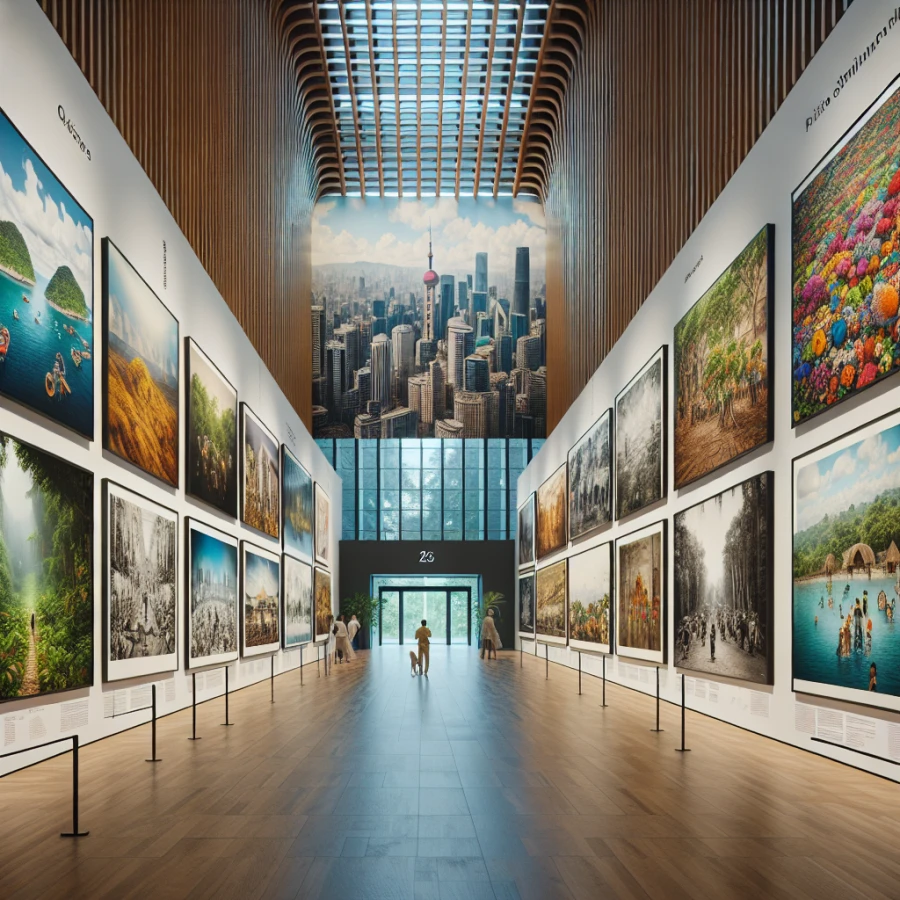The Rise of Virtual Art Fairs: What It Means for Creators and Buyers
Art fairs leapt online during the pandemic and never returned quite the same. Purpose-built platforms now host openings, studio visits, and sales that once required a plane ticket. For creators and buyers alike, the virtual fair is no longer a stopgap—it’s a distinct marketplace with its own rules, rhythms, and opportunities.
Why Virtual Fairs Took Off
Lower barriers and better tech reshaped how art is discovered and purchased. Digital booths, AR previews, and instant checkout compress the distance between encounter and acquisition.
- Access: Global audiences attend without travel, visas, or VIP lists.
- Cost: Reduced booth, shipping, and install expenses for galleries and artists.
- Data: Analytics reveal what viewers click, linger on, and share.
- Speed: Timed drops and waitlists create momentum without physical queues.
What Creators Gain—and Need to Master
Visibility scales online, but so do expectations. Artists who treat virtual fairs like product launches tend to outperform.
- Story-first presentation: Pair each work with crisp images, detail shots, dimensions, and a concise narrative.
- Portable formats: Short videos, process clips, and live Q&A humanize the booth.
- Pricing clarity: Transparent tiers (originals, editions, prints) convert hesitant buyers.
- Tech readiness: Calibrated photography, color notes, and accurate shipping/insurance info build trust.
- Lead capture: Email downloads, waitlists, and follow-ups turn views into patrons.
- Rights and editions: Clear terms on resale, licensing, and edition sizes protect value.
The Buyer’s Experience, Upgraded
Online fairs broaden choice and tools, but due diligence still matters.
- Discovery: Filter by medium, size, price, and curator picks to refine searches.
- Transparency: See price histories, comparable works, and edition counts.
- Visualization: Use AR or scaled mockups to gauge fit and presence.
- Safeguards: Prefer platforms with escrow, condition reports, and clear returns.
- Provenance: Look for certificates, signatures, and blockchain records when offered.
- Total cost view: Factor framing, shipping, taxes, and customs before checkout.
Business Models and the Hybrid Future
Virtual fairs monetize via commissions, booth fees, memberships, and timed drops. The next phase is hybrid: physical moments amplified by always-on digital programming.
- Blend formats: Anchor a physical pop-up with online previews and aftersales.
- Measure what matters: Track CTR on works, inquiry-to-sale rate, and repeat buyers.
- Community loops: Private collector rooms, studio streams, and patron clubs foster loyalty.
- Sustainability: Lower travel and shipping frequency reduce cost and footprint.
Virtual fairs widened the door. Those who pair strong storytelling with smart tech—and keep the human conversation alive—will walk through it first.




